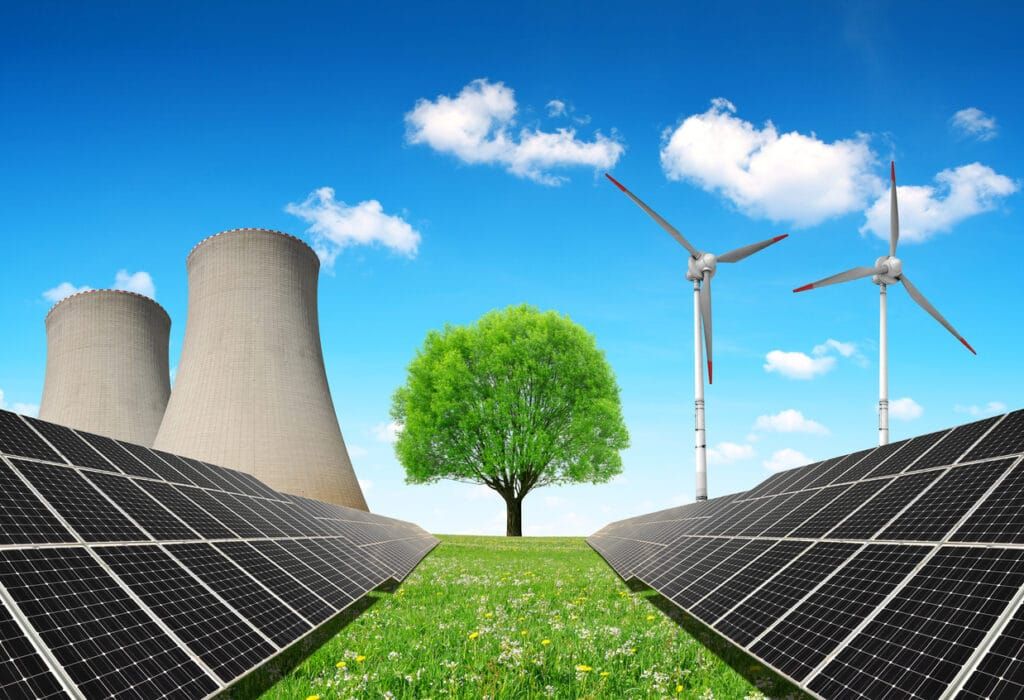Explore how the green energy revolution of 2025 is driving sustainability with solar, wind, EVs, smart grids, and renewable innovations worldwide.
The world is witnessing a remarkable transformation in how energy is produced, consumed, and valued. The green energy revolution is no longer a distant vision but a present-day reality that is reshaping global economies, politics, and communities. Driven by climate concerns, technological innovation, and growing public demand for sustainability, green energy has moved to the forefront of progress.
One of the most significant changes has been the rapid growth of renewable energy sources such as solar, wind, and hydropower. Falling costs of technology have made renewable power more affordable than traditional fossil fuels in many regions. Solar panels are becoming a common feature not just on industrial plants but also on homes, schools, and community buildings. Wind farms, both onshore and offshore, are generating massive amounts of clean electricity, powering cities and reducing reliance on coal and gas.
Electric vehicles are another cornerstone of the green revolution. In 2025, EV adoption is reaching new heights as more consumers switch from gasoline to battery-powered cars. Charging networks are expanding, making EVs more convenient for long-distance travel. This shift is significantly reducing carbon emissions from the transportation sector, which has long been one of the biggest contributors to pollution. Battery technology is also improving rapidly, allowing for longer ranges, faster charging, and more affordable options.
Governments around the world are playing a key role in this transition. Many have introduced policies and incentives to encourage green energy investments. Tax credits, subsidies, and stricter emission regulations are driving companies and individuals to embrace renewable alternatives. Large corporations, eager to meet sustainability goals, are also investing heavily in clean energy projects. These combined efforts are accelerating the pace of adoption across industries.
Technology is further boosting the efficiency of green energy systems. Smart grids powered by AI are helping manage energy consumption in real time, reducing waste and balancing supply with demand. Storage solutions, like advanced batteries and hydrogen fuel systems, are making renewable energy more reliable by keeping power available even when the sun isn’t shining or the wind isn’t blowing. This innovation ensures a steady flow of clean energy to homes and businesses.

Beyond environmental benefits, the green energy movement is creating significant economic opportunities. Millions of jobs are being generated in the renewable energy sector, from manufacturing solar panels to maintaining wind farms and developing new green technologies. Communities that once depended on fossil fuels are now finding new sources of income and growth through renewable energy projects.
Public awareness is another driving force behind this revolution. People are more conscious than ever of the environmental impact of their choices. From choosing electric cars to supporting brands that prioritize sustainability, consumers are shaping the market. This cultural shift is putting pressure on businesses and governments to act responsibly and stay committed to green initiatives.
However, challenges remain. The transition from fossil fuels to green energy is not uniform across the globe. Developing countries often struggle with the financial and infrastructural demands of renewable energy projects. Additionally, political debates and economic interests tied to fossil fuels continue to slow progress in some regions. Balancing rapid growth with fair access is a task that requires global cooperation.
Despite these challenges, the direction is clear: green energy is not just a trend but the foundation of the future. By 2025, it is evident that societies are determined to combat climate change and build sustainable systems that will last for generations. The progress being made today will shape the health of the planet and the prosperity of future economies.
The green energy revolution is more than just a technological upgrade—it is a movement toward a cleaner, healthier, and more equitable world. It reflects humanity’s ability to adapt, innovate, and take responsibility for its impact on the Earth. With every solar panel installed, every wind turbine erected, and every electric vehicle purchased, the world is moving closer to a sustainable future that benefits all.














